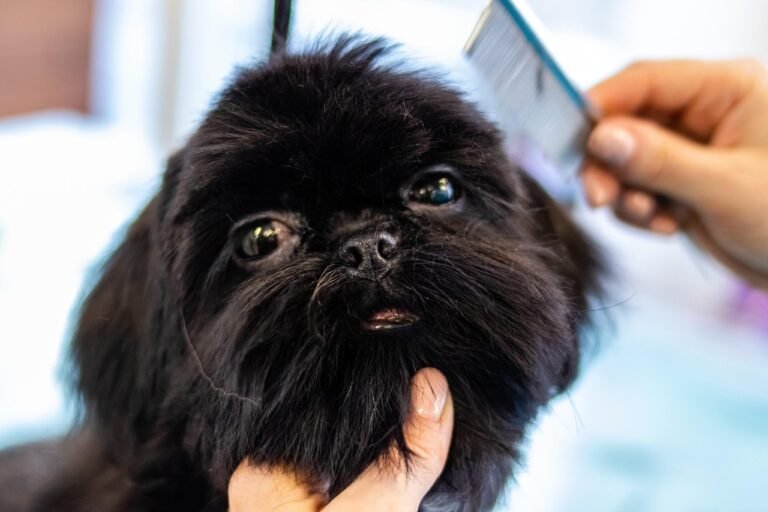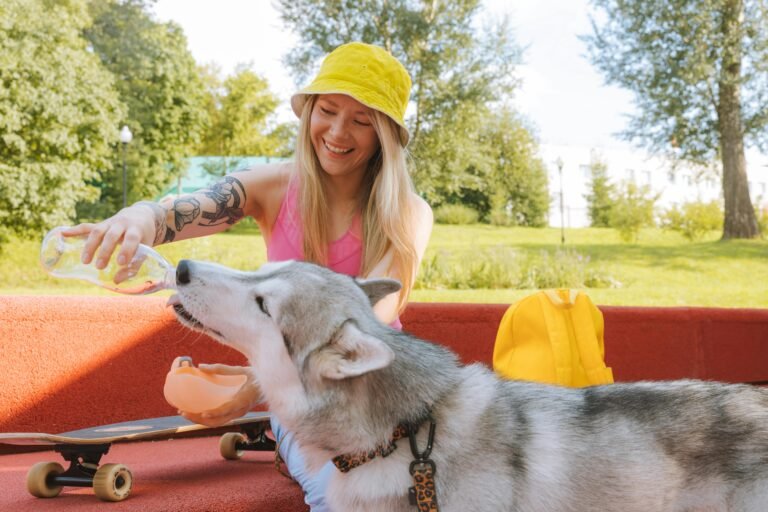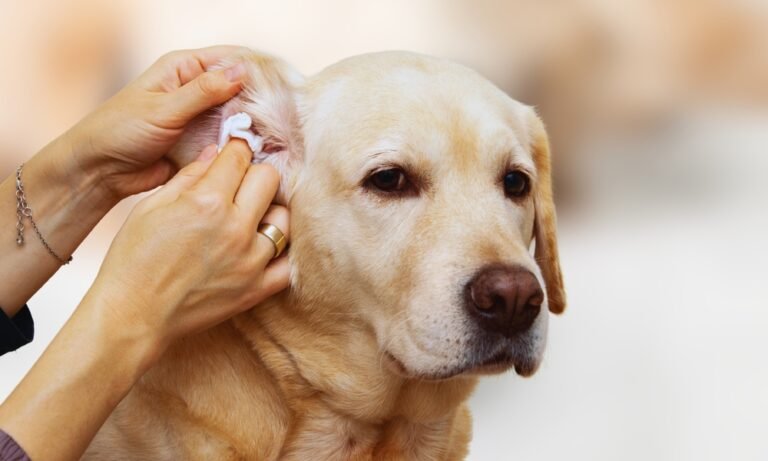Introduction
For some dogs, grooming is a relaxing spa day. For others, it’s pure anxiety — shaking, hiding, or even trying to escape at the sight of a brush. Whether it’s nail trimming, bathing, or brushing, grooming can trigger stress for many pups. But it doesn’t have to be that way. With the right approach, you can turn grooming time into a positive, even enjoyable, experience that strengthens trust between you and your dog. Here’s how to create a calming grooming routine tailored to your dog’s needs.
Why Some Dogs Fear Grooming
Grooming anxiety often stems from unfamiliar sensations, sounds, or past negative experiences. Clippers buzzing, slippery tubs, or being restrained can all cause discomfort or fear. Some rescue dogs may associate grooming tools with trauma or harsh handling from their past.
- Noise sensitivity: Clippers, blow dryers, and water sounds can overwhelm sensitive ears.
- Touch aversion: Dogs not used to being handled may resist brushing or nail trims.
- Previous bad experiences: Painful mats or rushed grooming sessions can leave lasting fear.
- Lack of routine: Inconsistent grooming makes each session feel unfamiliar and scary.
Understanding the cause of anxiety helps you respond with empathy and the right calming techniques.
1. Create a Calm Environment
The environment sets the tone. Choose a quiet, familiar space for grooming — ideally away from loud noises or high-traffic areas. Keep lighting soft and surfaces non-slippery. Background music or white noise can help mask sudden sounds.
- Play soft, slow music or calming pet playlists.
- Use non-slip mats in the bathtub or on grooming tables.
- Keep your voice gentle and steady throughout the session.
- Have all tools ready beforehand to avoid sudden movements or delays.
2. Start with Desensitization
Dogs need to associate grooming tools and actions with safety and rewards. Gradual exposure helps build confidence over time. This process is called desensitization.
- Introduce grooming tools one at a time — let your dog sniff brushes, nail clippers, or towels.
- Reward calm behavior with treats or praise.
- Turn on clippers or dryers at a distance, rewarding calm reactions.
- Practice gentle touches on paws, ears, and tail between grooming sessions.
Over days or weeks, your dog will begin to associate grooming tools with comfort and treats instead of stress.
3. Set the Right Pace
Rushing grooming is the fastest way to make anxiety worse. Go at your dog’s pace, not yours. Break tasks into small, manageable steps.
- Brush one body part at a time — stop before your dog gets restless.
- Reward calm behavior frequently with treats or gentle praise.
- Keep sessions short (5–10 minutes) and positive, especially at the beginning.
- If your dog shows stress signs, pause and try again later rather than forcing it.
4. Use Positive Reinforcement
Positive reinforcement changes your dog’s emotional response to grooming. Instead of dreading it, your dog learns that grooming equals rewards, affection, and relaxation.
- Use small, high-value treats during grooming sessions.
- Offer verbal praise and petting for calm behavior.
- Never punish or scold for resistance — it reinforces fear.
- End each session with a favorite activity, like playtime or a walk.
5. Choose the Right Tools
Comfortable tools make a huge difference. The wrong brush or clippers can tug, pull, or cause discomfort, especially for dogs with sensitive skin or thick coats.
- Use soft-bristle or slicker brushes for long-haired dogs.
- Opt for rubber grooming gloves for short-haired breeds.
- Use quiet, low-vibration clippers for noise-sensitive dogs.
- Pick nail grinders instead of clippers if your dog fears snapping sounds.
6. Calming Aids and Products
Some dogs benefit from extra support during grooming. Natural and vet-approved calming aids can help reduce anxiety:
- Pheromone sprays or diffusers (like Adaptil) to promote relaxation.
- Calming treats with chamomile, L-theanine, or CBD (vet-approved).
- Anxiety wraps or weighted blankets for a secure feeling.
- A few drops of lavender essential oil in a diffuser — never directly on your dog.
7. Grooming Routine for Nervous Dogs
Here’s a step-by-step outline for stress-free grooming:
- Prepare: Gather tools, treats, and a towel. Let your dog sniff everything first.
- Start with calm touch: Stroke gently from shoulders to tail; reward relaxation.
- Brush lightly: Use short, gentle strokes; avoid pulling tangles.
- Move slowly: Work from less sensitive areas (back) to more sensitive ones (paws, tail, ears).
- Take breaks: Reward every few minutes; stop before your dog becomes restless.
- End on a high note: Finish with cuddles, play, or a walk.
8. Bath Time Tips for Nervous Dogs
Baths can be particularly stressful because of water noise, slippery surfaces, and confinement. Make them easier with these steps:
- Place a non-slip mat in the tub or sink.
- Use lukewarm water — not hot or cold.
- Keep the water pressure gentle.
- Use a handheld sprayer or cup instead of a loud hose.
- Massage shampoo in soothing, circular motions.
- Dry with a towel first; if using a blow dryer, keep it on the lowest setting.
9. When to Get Professional Help
Some anxiety runs deep and may need extra help. Don’t hesitate to consult your vet or a certified groomer experienced with fearful dogs. They can recommend behavior training, desensitization programs, or prescription calming aids if necessary. The goal isn’t perfection — it’s progress and comfort.
10. Long-Term Maintenance
Consistency is key. Regular grooming (even short sessions) keeps your dog familiar with the process and reduces stress over time. Celebrate small victories — each calm session builds trust and confidence. Eventually, your dog may even start wagging their tail when they see the brush come out.
Conclusion
Grooming doesn’t have to be a battle — it can become a shared ritual of care and connection. By creating a calm environment, using positive reinforcement, and going at your dog’s pace, you can turn grooming from a source of fear into a source of comfort. The result? A cleaner, healthier, and happier dog who feels safe in your hands — every time.






